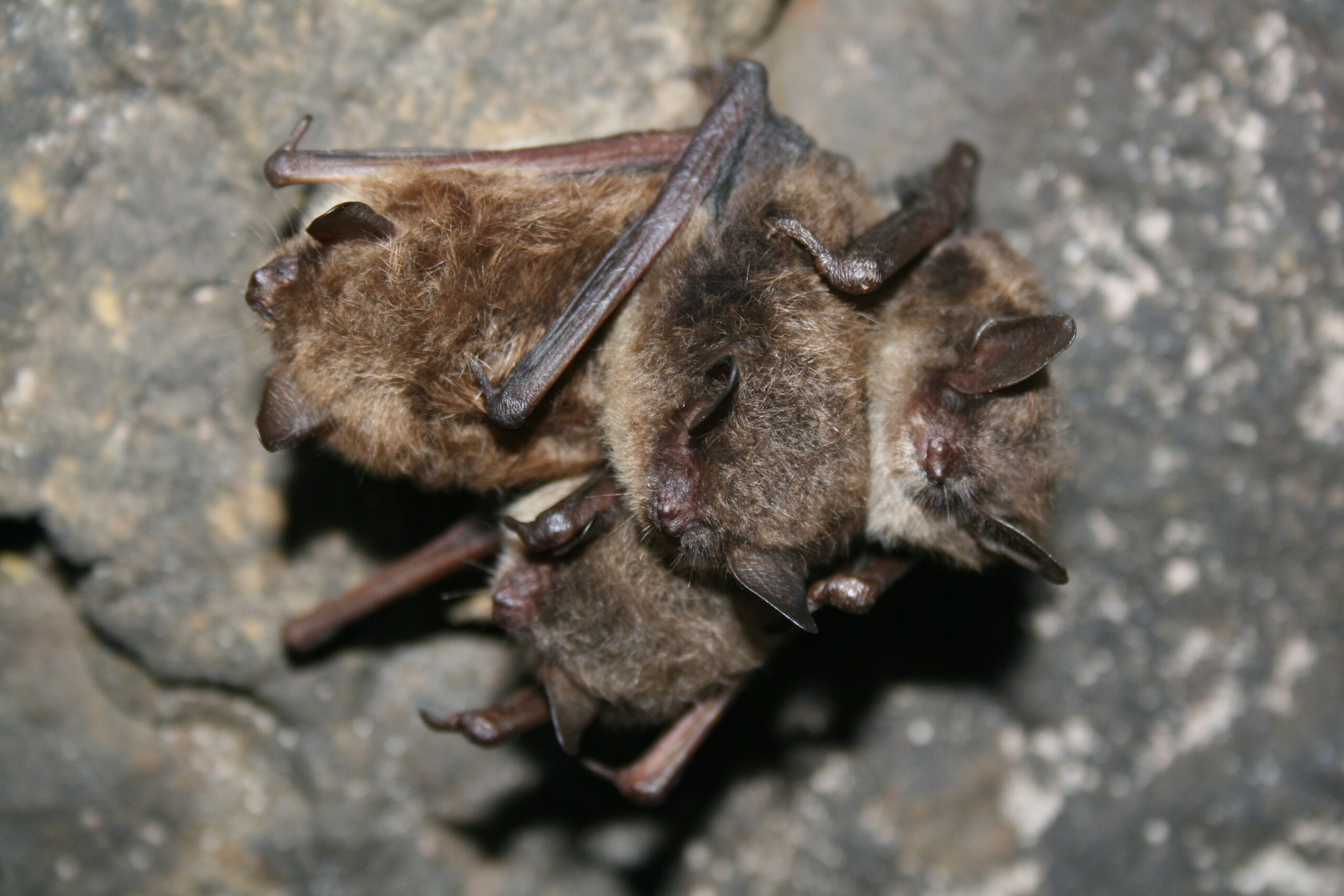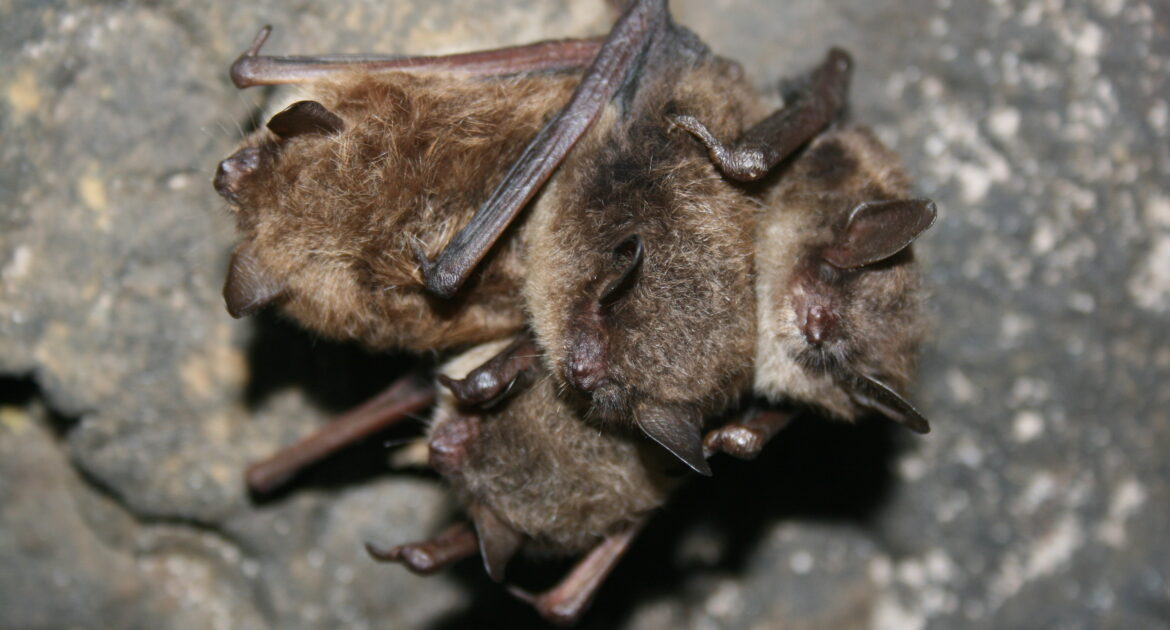Winter is the time of year when the whole world seems to grow quiet and still, at least in our northern latitudes, where temperatures dip to frigid and snow often blankets the ground. Any sensible being takes shelter during the cold months of the year. Bears go into hibernation, squirrels stay in their dens as much as possible, and the birds that stick around do the same.
Of the eight bat species that call Ontario home in the summer months, five of them stay put in the winter, too. The big brown bat, little brown bat, tricoloured bat, long-eared myotis and small-footed myotis may not head south for the winter, but they still look for someplace safe to hunker down. Once they find a suitable location, these bats enter into a state of torpor, which is similar to hibernation. The site they choose may be your attic. If you notice sleeping bats in the space above your house, call the experts in humane wildlife removal in Newmarket.
How Is Torpor Different From Hibernation?
You may have heard the term “torpor” before but not know precisely how it differs from hibernation. The two states serve the same purpose. They help wildlife conserve energy and survive when food sources are scarce and temperatures cold. When bats enter torpor, their metabolism and temperature drop. Their body functions slow way down, requiring less energy to operate. They may enter and come out of this state within a single day in the early and late winter months when the temperatures aren’t quite so cold. They may remain in torpor for several days or a month during the most frigid months.
Hibernation is an extended period of torpor that can last for several months. The body’s systems slow down for longer periods. Though hibernating animals remain in this deep state of slumber, they may also awaken for brief periods throughout the winter. When animals wake up from torpor or hibernation, they may utilize that time to seek out additional sustenance. This is particularly true in larger animals, such as bears. Bats often use it to expel the little energy they process during torpor by peeing and pooping.
Where Do Bats Spend the Winter?
Bats begin looking for a safe place to winter in the fall months. In some instances, the bats return to the same place year after year. This frequently happens with cave-dwelling species. Caves have the consistent temperature bats need to stay in torpor. They are also relatively safe from predators in these environments.
All of Ontario’s winter bats are cave-dwellers, but the big brown bat and the little brown bat have adapted to living in human environments. These little critters may make their way into your attic or walls for the winter months for the stable, cool temperatures they provide. Your home also offers protection from the elements and predators.
Is It Safe To Remove Bats in the Winter?
Bats are incredibly vulnerable during the winter months. When they are in torpor, they don’t have the energy reserves to adapt to a changing environment. Additionally, bats are protected species within the province and nationally. It is illegal to harm or kill a bat.
If you discover bats in your attic, contacting experts in bat removal is critical to ensure the bats and your family remain safe while these animals are hibernating. The period of inactivity can last as long as six months, depending on how harsh our winter is.
Who Can You Contact for Humane Wildlife Removal in Newmarket?
When you discover bats in your attic or walls, you can trust the Skedaddle team to manage the situation safely for you and the bats. We can monitor the bats and close off any entry points leading into your living quarters. Once it is safe, our team performs humane bat control techniques to remove them from your home and ensure they do not return. Contact us today to schedule services.




